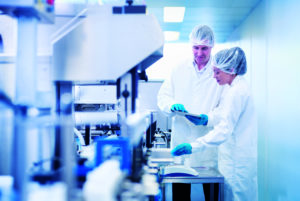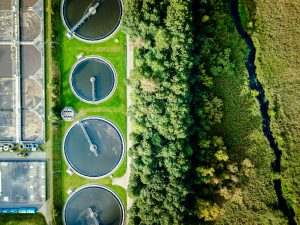Today, 55% of the world’s population lives in cities. By 2050, this number is projected to rise to 68%. As the rate of urbanization increases, this poses a serious question: how can we deliver sustainable and reliable energy to so many people?
Meeting a growing energy demand
The root cause of this growing energy demand is first and foremost a growing world population, with an ever-increasing proportion moving into urban areas. As our cities become more crowded, this places a strain on our resources, which are depleting at an unprecedented rate.
Coupled with this is the advent of new technology: the widespread use of sophisticated electronic devices and the global trend towards electrification (of our buildings, of our transport networks, of our industries) means our cities’ electrical infrastructure are being seriously put to the test.
As a result, we are confronted to one of the defining challenges of our century: meeting a growing energy demand while 1) preserving the Earth’s finite resources, and 2) limiting climate change.
Ensuring the energy delivered is sustainable and reliable
The answer to this challenge lies mainly in the search for sustainability, which can be understood in this context as our ability to produce energy that is environmentally, economically and socially viable (in other words: clean, affordable and available to all). Although still largely dominant, fossil fuels have taken a toll on the planet and on humanity. What’s more, they’re not the cheapest option out there anymore. Ergo, they no longer make sense.
In comes renewable energy, which has long been identified as the most promising alternative to the age-old and harmful fossil fuels. This form of production is clean, inexhaustible and diverse: solar, wind, hydraulic, tidal, wave, biomass and geothermal all illustrate the great potential held by renewables in tackling the energy challenge. As the technology continues to improve and mature, the hope is to eventually topple the domination of fossil fuels as our primary energy source.
A few issues must still be resolved before this can happen, however; one of which is reliability. More than ever before, interruptions in energy supply have significant detrimental effects on our everyday operations. As our cities become increasingly dependent on digital technology and the machines powering our offices, hospitals and data centers become more advanced, there has never been a more important time for reliability. That is, ensuring the energy we produce can be delivered continuously and under specified conditions in order to avoid downtime or power cuts. Since most renewables are climate-dependent, it is imperative that we find a way to guarantee uninterrupted supply.
Cultivating continuous innovation
A solution to this reliability issue has been found in energy storage—by storing surplus energy during peak operation times, it can then be reused when demand is greater than supply (such as in the evening when the sun doesn’t shine). Finding new ways to store energy efficiently is a field of study in itself, and epitomizes the need for constant innovation as we collectively face humanity’s biggest test.
World leaders can innovate to create forward-thinking policies, engineers can innovate to bring game-changing technologies in the picture, citizens can innovate to adapt their lifestyles and limit resource consumption. Everyone has a role to play in tackling the energy challenge, and a lot of it will depend on how much we’re able to revolutionize our thinking. It’s obvious to see, therefore, that the cities of the future will be powered by the greatest energy of all: that of innovation.
See for yourself how Schneider Electric is bringing greater energy efficiency to companies and cities all over the world with EcoStruxure™: Innovation At Every Level.


